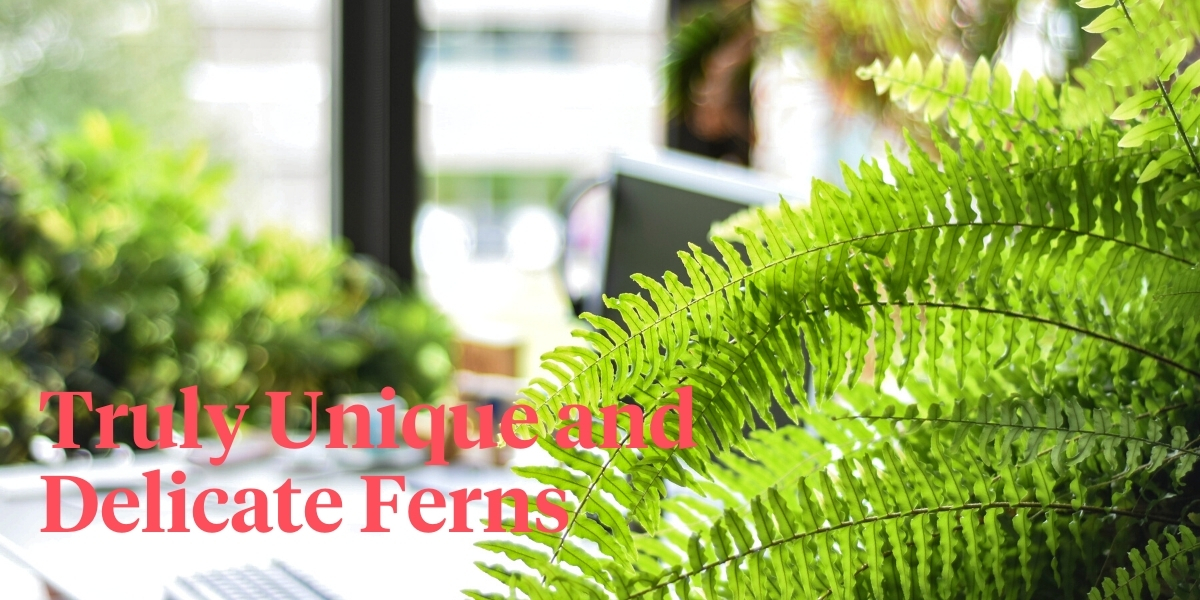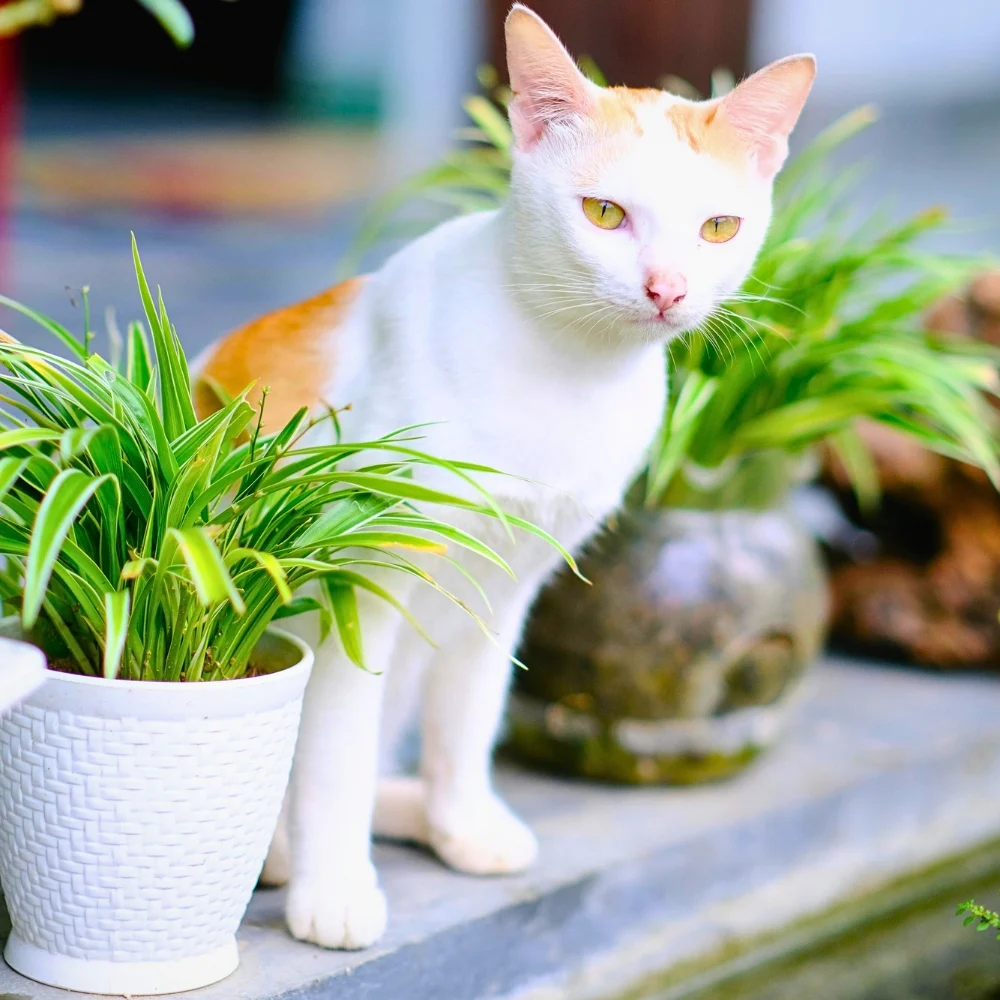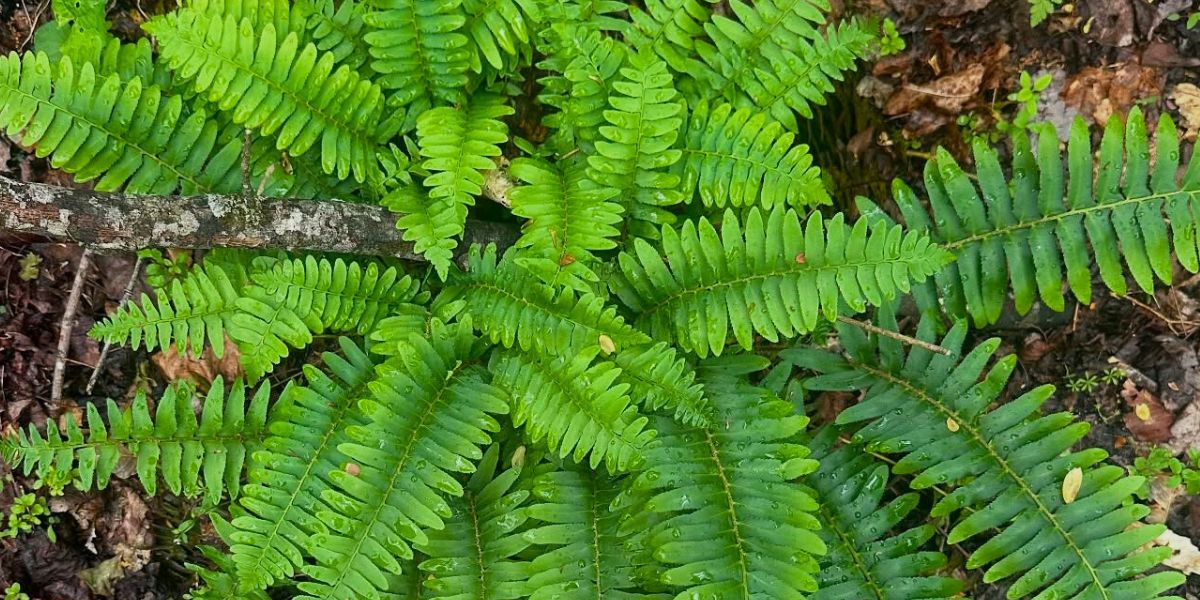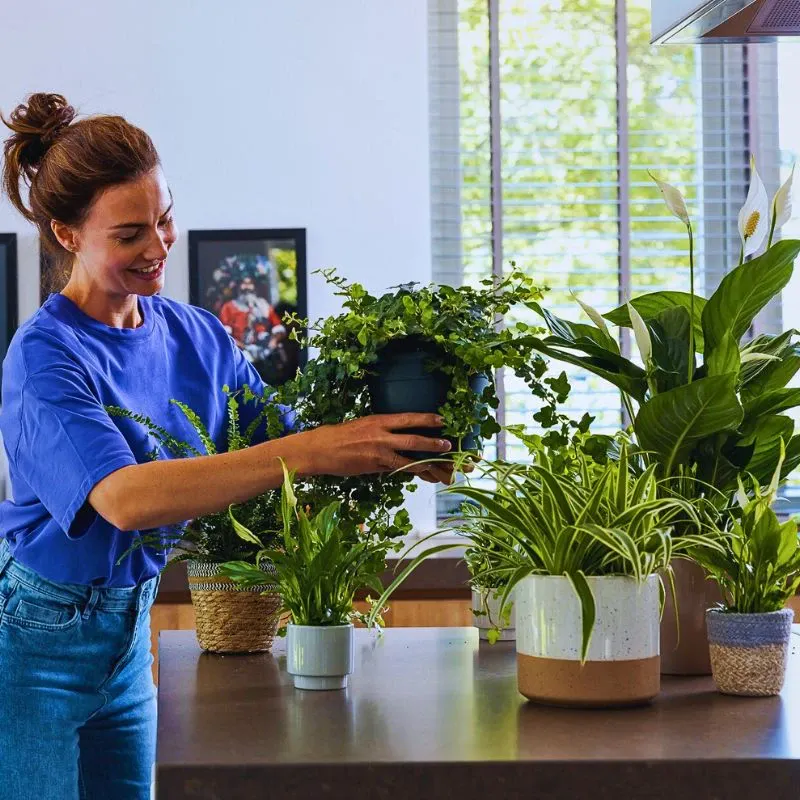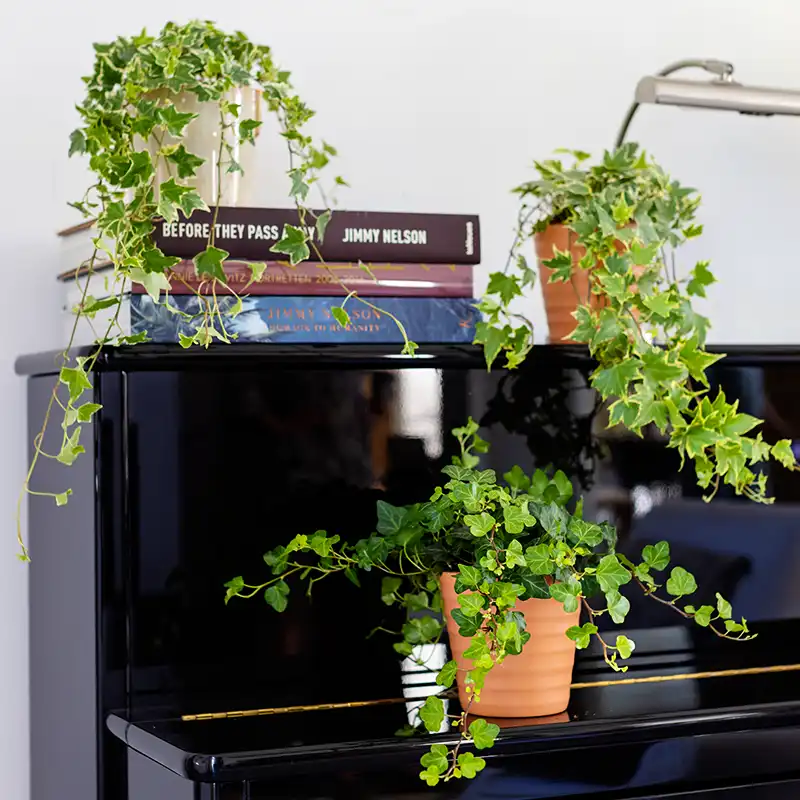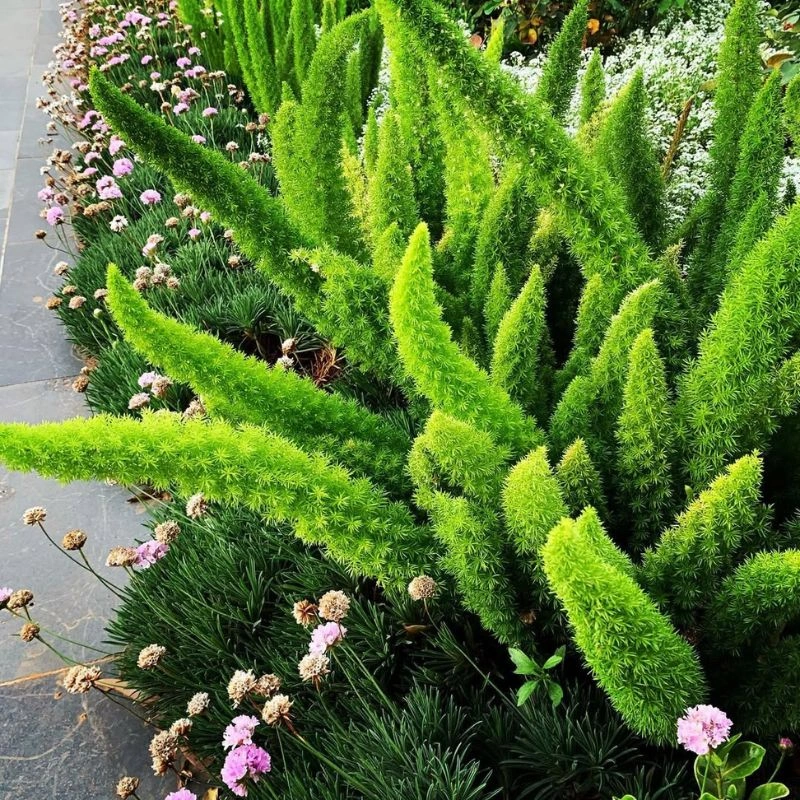One of the most beautiful ways to add life and texture to your home? Ferns. They come in a plethora of varieties, have a lovely delicacy to them, and look truly unique in a world full of snake plants. The only problem? They can be a bit of a diva when it comes to their care.
7 Ferns That Will Add Life and Texture to Your Home
Fern plants are a type of vascular plant that belongs to the Polypodiopsida class of plants. They are also some of the oldest plants that grow on the planet. According to some estimates, there are over 10,000 species of ferns. Unlike many other types of plants, ferns don’t produce flowers. Most fern species have leaves (called fronds) that are composed of blade-like leaves (pinnae) attached to a stem. Most indoor fern plants grow to about 1 or 2 ft. (30 – 90 cm) tall. In the wild, the tallest ferns can grow to around 82 ft. (25 m) tall!

Ferns have the image of being a bit finicky when it comes to caring for them but as with every other plant, as long as you educate yourself you can make any plant in your collection thrive the way it should. Luckily, there are lots of ferns to choose from so your perfect match is in there somewhere. Besides being a good air purifier, ferns are also a really good dehumidifier. Very effective when placed in your bathroom for example. Here are 7 gorgeous types of ferns to help get you started finding the right one to adorn your living space.
Boston Fern (Nephrolepis Exaltata)
The Boston fern is a species of fern in the Nephrolepis genus. This indoor fern is one of the most popular fern houseplants. Also called the Sword Fern, the Boston Fern is an evergreen perennial plant. Boston Ferns grow to between 16" and 35" (40 – 90 cm) tall and its long trailing leaves mean it looks good in hanging baskets.

Photo by The Spruce.
To care for a Boston fern indoors, it’s essential to keep humidity levels high. This means that in dry conditions or in winter, you should mist the fern daily and keep the soil damp. When growing in a pot indoors, this fern plant prefers indirect sunlight rather than complete shade.
Rabbit's Root Ferns (Phlebodium Aureum)
These little beauties are considered easy to care for in the fern world. Much like the other varieties mentioned in this article, rabbit's foot ferns thrive with plenty of moisture and medium to bright, indirect sunlight. Keep them in a warm, humid environment like a bathroom, or make time to mist them fairly regularly.
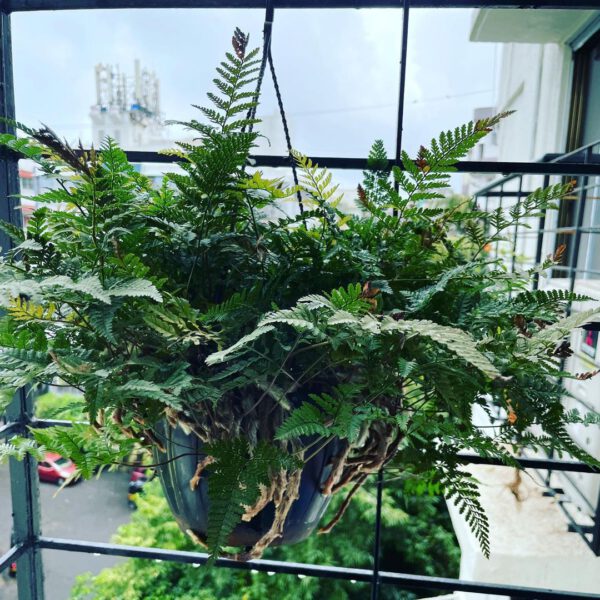
Photo by @greenhomes4u.
Staghorn Fern (Platycerium spp.)
You might recognize this beauty because it looks really pretty mounted on a wooden board, so it's a popular choice for vertical wall gardens. There are 17 different species of staghorn ferns – which in addition to common staghorn fern, go by a number of other common names that include elkhorn fern and antelope ears. Each one has antler-like foliage as well as a flat, basal leaf.
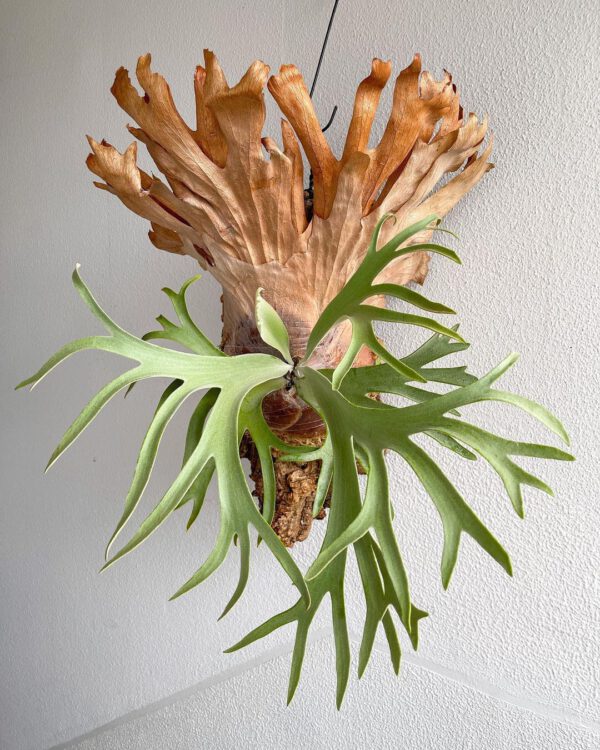
Photo by @acupom219
This variety does well in bright, indirect sunlight, but it can be a little testy when it comes to water. Too much or too little will kill it. Depending on how humid the room is, it could need water once a week (dry) to once every two to three weeks (more humid). If you start to notice browning at the base, you're overwatering, but if the tips get brown, you're underwatering.
Holly Fern (Cyrtomium Falcatum)
Another fern that grows well indoors is Holly Fern. This perennial fern species belongs to the Dryopteridaceae family of ferns. Holly Ferns have leaves that grow to around 1.6 ft. (0.5 m) long. Each leaf contains around 10 leaflets on each side of the stem. The leaves are green and glossy and can add beautiful greenery to any room.
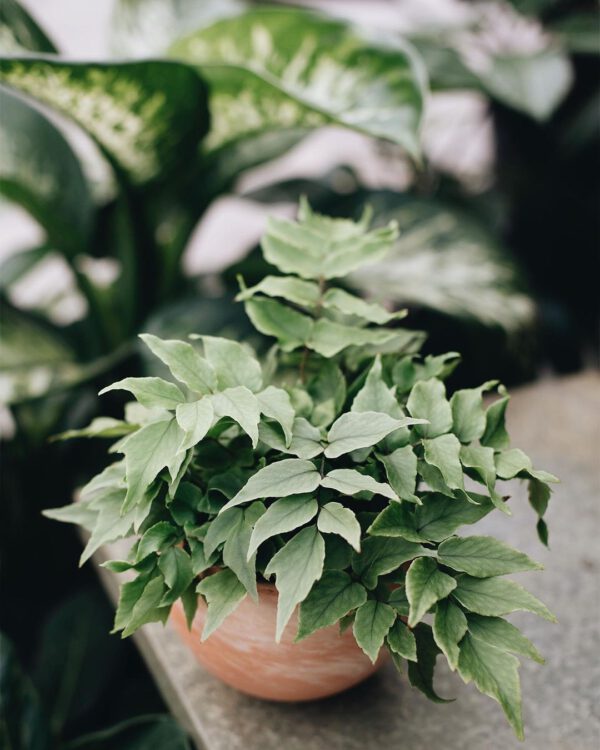
Photo by @hoensgardencenter
Although generally an outdoor fern, most people find it easier to grow the Holly Fern indoors. This fern needs plenty of shade growing both indoors and outdoors. According to some fern enthusiasts, Holly Ferns are one of the easier types of ferns to grow indoors.
Maidenhair Fern (Adiantum Raddianum)
The Maidenhair fern, known for its luscious looks and elegant hair-do, has the reputation of being difficult to care for with its diva-like demands. Maidenhair ferns might require a bit more attention than some of the other ferns in this article, but if you’re a very attentive plant parent, this is the perfect plant baby to add to your collection.
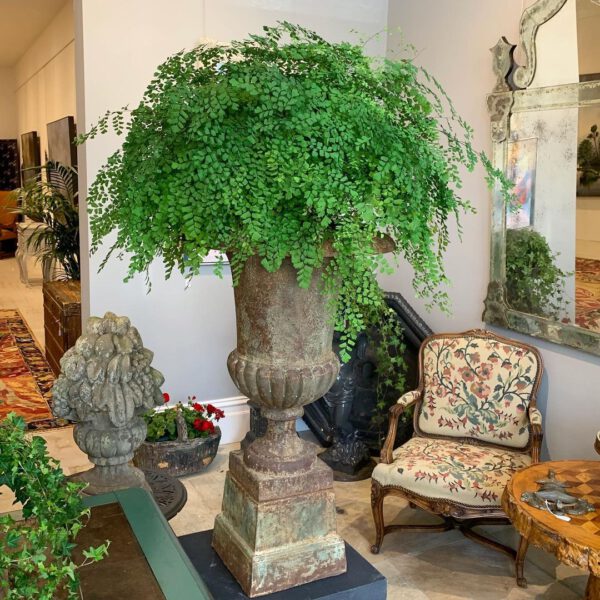
Photo by @julianronchigardendesign
The biggest key to growing a Maidenhair fern indoors with success is humidity. It thrives on moisture and needs a lot to survive, which is often hard to achieve in indoor environments. But with the proper growing conditions, and a little bit of love, the Maidenhair fern can thrive inside and make up for an interesting and rather beautiful addition to your houseplant collection. In the article 'Master the Finicky Maidenhair Fern – Adiantum Raddianum' you will find plenty of care tips for this particular fern.
Bird’s Nest Fern (Asplenium Nidus)
A little less romantic and leafy looking than some of its counterparts, the Bird's Nest fern is actually pretty easy to maintain and grow. It makes the perfect starter fern because it is less demanding than other ferns. This fern does not like dry or soggy soil, so you must find the happy medium of consistent moisture. If all of your direct sunspots are full of houseplants, this fern is versatile and can tolerate the corners of the room.

Photo by @tranquil_plants
It needs bright, indirect light and should be watered every one to two weeks. You'll know when it's time to water because the leaves will start to droop and look a little sad. More great news? They're non-toxic and safe for homes with pets.
Kimberly Queen Fern (Nephrolepis Obliterata)
The Kimberly Queen fern is a lush evergreen plant characterized by its large, gracefully arching, sword-shaped fronds and looks similar to the Boston fern. This variety does very well outside planted in the ground or in larger pots or containers. It does need to be moved indoors once cooler temperatures set in. Indoors, it prefers a shady spot but can tolerate medium light if it's properly watered and is in a more humid environment.

Photo by @plantpapa.ph
What to Keep in Mind When Adding Ferns to Your Plant Collection
Most ferns require high levels of humidity to grow green and lush indoors. This can be a challenge, especially in areas where heat is provided by a furnace, which can dry out the indoor air. Keep ferns away from radiators, and bright, hot, sunny windows, and use a pebble tray (right) to add moisture. Even after all of that, your ferns still might look unhappy. If so, consider moving them to a regularly-used bathroom with a shower or into a terrarium or Wardian case. Moved potted plants outside as soon as the weather permits.

